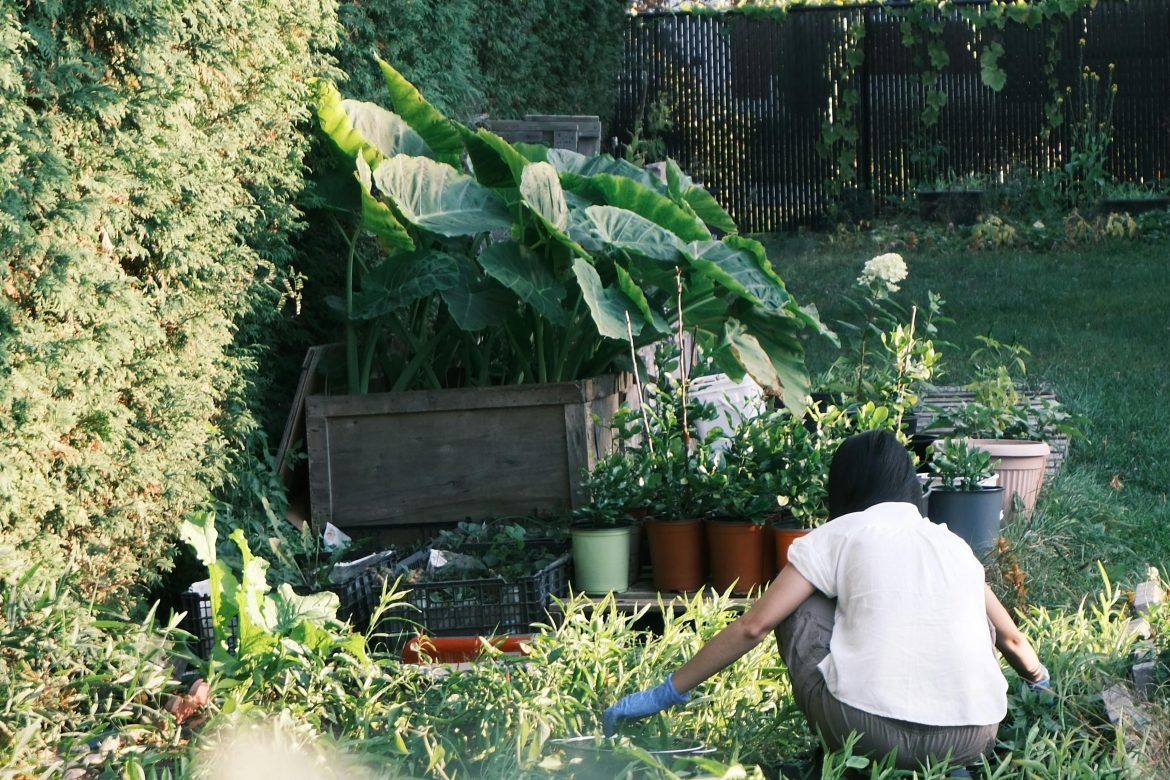Imagine you can grow your own food and cook delicious recipes with it! We’re here to tell you that anyone can garden; the first step is just to start – we’ve covered the rest with our beginner-friendly garden-to-table guide.
What is garden-to-table?
It’s all about growing food near your home to harvest fresh for meals instead of buying from commercial sources. Small eateries worldwide popularise the concept by growing their own produce or sourcing from local farms close by. Garden-to-table highlights the positive impacts of individual and community gardens with fresher, healthier food, a reduced carbon footprint, access to unusual and indigenous produce, and brings awareness to sustainable and organic farming practices.
Benefits of growing your own food
- Physical: gardening is a great form of low-impact exercise
- Dietary: Gardening introduces a variety of foods and encourages the consumption of indigenous herbs, vegetables, and fruits
- Mental health: Getting your hands dirty has been proven to elevate mood and improve overall well-being
- Educational: Gardening is a great platform to teach children where their food comes from, and the environmental impacts of different types of farming
- Social: Sharing extra produce fosters ubuntu, community spirit
- Environmental: Lowers food waste and carbon footprints (you can compost off-cuts and leftovers; you aren’t making as many trips to the grocery store to buy foods that have travelled long distances)
What you’ll need
You don’t need much to start a garden.
- Space: Whatever space you have available to you should work. Even a 1m by 1m area or a stoep with large pots will suffice
- Sunlight: At least 6 hours of direct sunlight daily (trim any branches that may get in the way)
- Water: Make sure your garden has easy access to a water source
- Soil: Your soil needs to be nutrient-dense, loose enough for root vegetables, and well-draining. Check aeration and texture (sandy, clay, or loamy), enrich with compost or fertilisers, and consider popping into your local nursery or consulting a gardening expert if you’re unsure.
- Extras: Depending on the plants you’ll want to grow, you might need some extras like plant supporters (sticks or trellises), labels for easy identification, shade netting for birds or pests, and so on
Beginner-friendly plants you can grow in your kitchen garden
- Herbs: Basil, coriander, dill, parsley, thyme, sage, lemongrass, curry leaves, rosemary, mint
- Vegetables: Carrots, radishes, rocket, mustard greens, marogo, spinach, sweet potatoes, potatoes, mielies, sorghum, cucumbers, peas, beans, and peppers
- Flowers: Marigolds or other pollinator-friendly plants to enhance garden health and ensure successful harvests
Care and maintenance
Setting up the garden and planting is most of the hard work done! Now, you’ll just need to care for and maintain your new garden to ensure a bountiful harvest and healthy plants.
- Water regularly, especially when germinating seeds or after planting seedlings, and during dry periods.
- Weed often to prevent competition for nutrients.
- Mulch the surface (with a mulch mix from the nursery, or a mix of dried leaves) to help retain as much moisture as possible and suppress weed growth.
- Fertilise according to plant needs.
- Pest and disease management: Use organic pesticides to keep plants healthy; consider shade netting and rat traps for other pests.
- Prune and harvest often to encourage as much growth throughout the growing season before the frost hits. The more you prune and harvest, the more the plants will produce!
The joys of gardening go far beyond the food you grow. Take it slow, start small, and savour the process. Each seed planted is a step toward a healthier, happier you.

